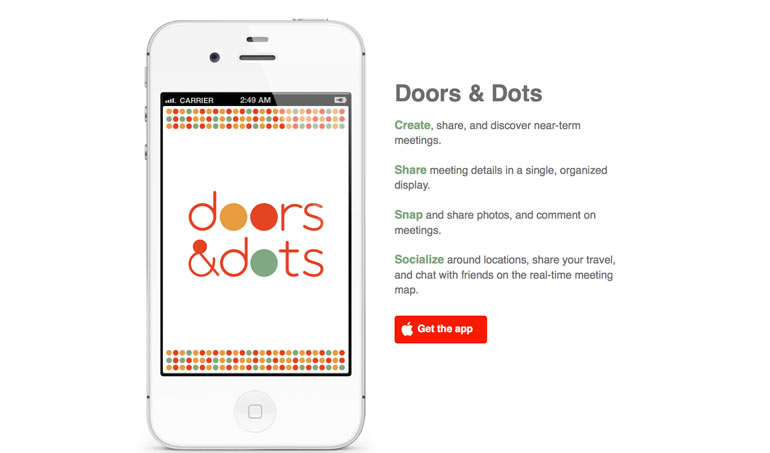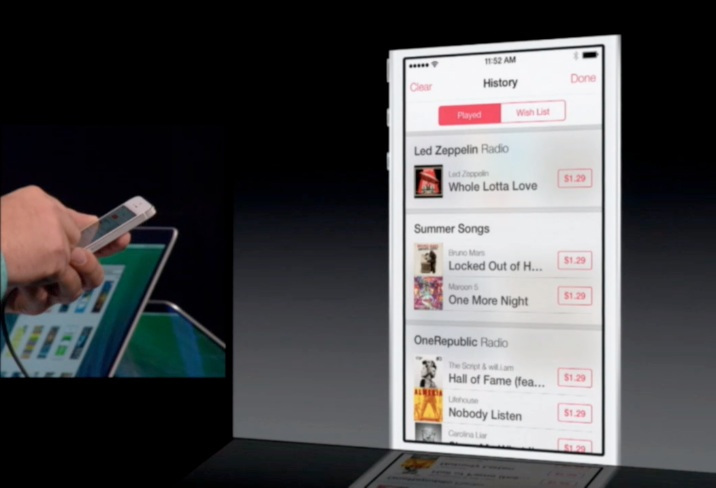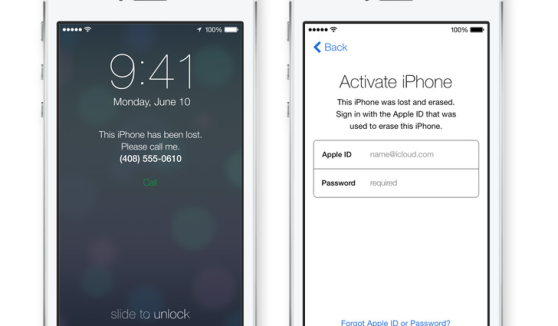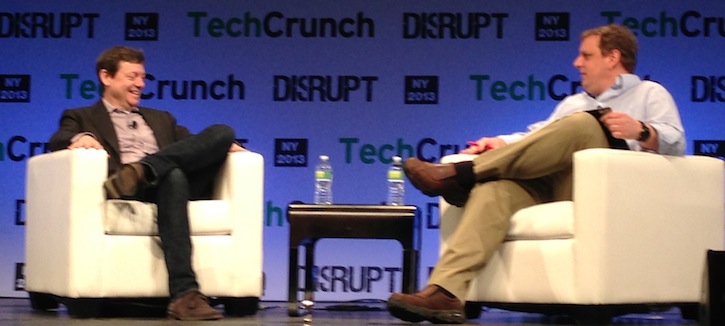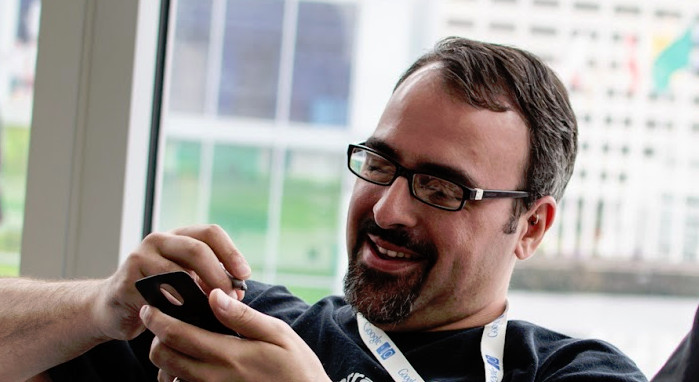 These days, you can start a company sitting in your pajamas with a laptop. Buoyed by cutting edge technology, the wisdom of crowds, and cloud computing, there are more startups than ever before. Separating the heroes from the hype can be quite the challenge for investors, so it’s important that entrepreneurs have a clear and attractive startup communications package from the get-go.
These days, you can start a company sitting in your pajamas with a laptop. Buoyed by cutting edge technology, the wisdom of crowds, and cloud computing, there are more startups than ever before. Separating the heroes from the hype can be quite the challenge for investors, so it’s important that entrepreneurs have a clear and attractive startup communications package from the get-go.
Pitch with Clarity and Authenticity
To get up and running, startups have to sell their sizzle before there’s any meat near the table. They must communicate their dreams and talk about how they’re ushering in the future. But they’ve got to be smart about selling those dreams to investors. For example, I recently received an automated email to consider investing in a startup called Crave. At first glance, it looked promising. The email contained praise from a successful male venture capitalist, and the CEO is a Stanford man.
Then, I found out what the company’s product was: vibrators. For women. So I had two men telling me how superior their vibrators were. I don’t think I need to break out the “mechanic who doesn’t drive a car” analogy here; Crave wasn’t going to pass the sniff test.
Ironically, if you dig a little deeper, you’ll find that Crave actually has a female co-founder who fits the bill of authentically leading product development. Crave could benefit from using her when pitching investors. Being clear from the start about what the product is, as well as having an authentic spokesperson, is much more sensible.
Show off the Good Stuff
When pitching investors, it’s crucial to highlight business components savvy investors will be looking for. It starts with having the right team members, front and center, to communicate your idea. Startups capable of enticing investors typically have these qualities:
- A seasoned entrepreneurial team — This doesn’t mean all the execs must have salt-and-pepper hair, but not everyone should be fresh off campus. Your money, sales, and operations people need to be experienced.
- The best execution — You don’t necessarily need a new idea, but a high-quality startup will have the best way to execute a solution to a big problem and be able to explain to investors why your way will be profitable.
- Clear commitment — Your team’s personal passion should be visible, with everyone committed to your dream.
- A solid exit strategy — A viable startup has smart ideas about who could eventually acquire it.
Eliminate Red Flags
The things that turn off investors are the same things that hurt startups in the long run. If your company exhibits any of these characteristics, you may have a problem convincing investors it’s the real deal.
- Part-timers — There are exceptions, but if an entrepreneur is working part-time for her dream and part-time for “The Man,” she probably doesn’t believe in it as much as she wants an investor to. If you’re not ready to take the leap as a full-time entrepreneur, you’re probably not ready to take your idea to investors.
- Family on the team — There are some killer family combos out there, but more often than not, family members are hired out of convenience and not because of any super skills they possess. If your business partner is family, make sure there’s a compelling attribute she brings to the team, and be able to sell that to investors.
- Perceptible lack of process — Anything can look slick and stunning with today’s racy design platforms. But is anything actually getting done? With the rapid pace of the tech world, delays tell investors your company isn’t serious about breaking into the space.
- No dream — Elon Musk. Richard Branson. Steve Jobs. These are entrepreneurs whose names are synonymous with “dreams.” It’s not just a matter of having passion for your business — it’s being able to communicate your dream to investors and make your excitement contagious.
Have the Right Answers
So, what questions should you be prepared to answer to show investors your startup is worthwhile? These three help expose a startup’s entrepreneurial DNA:
- If you were going to be acquired today, who should acquire you, for how much, and why? Your answer must be thoughtful, with a clear plan for execution.
- What’s the biggest problem with executing your dream? You can — and should — admit that you wrestle with this question on a daily basis.
- Why does the world need you? The perfect answer here should not include a financial spreadsheet.
Show the Startup’s Full Potential
Being passionate about dreams is vital, but for a startup to be taken seriously, it also needs to be functional. You must show confidence in these practical aspects of your startup when pitching to investors:
- The Technical — Does your startup have capable, mature technology that’s easy to execute?
- The Financial — Can your business be scaled from the running start investors might give you? Do you need $1 million, or several million, to get significant scale?
- The Managerial — Are the right leaders in place? Will they help optimize and scale your technology?
The Basic Communications Toolkit
Additionally, a basic communications toolkit gives startups a strong foundation to draw in investors. Pack your toolkit with these tips:
- Maintain a website with a compelling story that encapsulates your voice and vision.
- Create an engaging tagline for your elevator pitch. Think Kabbage’s “Easy cash for online sellers.”
- Memorize the key components of your pitch deck, from market size to customers of note.
- Be able to give detailed financials upon requested.
- Utilize websites like AngelList and LinkedIn to build your online presence and spread your mission.
At the end of the day, daring visions capture investors’ attention, and substance convinces them. If a communications package shows passion on the outside and holds up to the logistics within, investors will be confident of getting a substantial return, which equals success for the startup.
Because this article was published, a donation will be made to Reading Is Fundamental so a book can be given to a child.
Lisa Calhoun is the CEO of Write2Market, an industry leadership consultancy that changes the world by helping tech and energy companies gain the reputations they deserve. Write2Market helps its clients scale by nabbing headlines, speaking engagements, and key business development opportunities, all with an eye on creating the best possible exit for the founding and investment team. Connect with Lisa on Twitter or LinkedIn or at her personal blog.
 Michigan’s new startup accelerator is launching its first cohort tomorrow. It’s not in Detroit, Pontiac, or even Ann Arbor. The Coolhouse Labs accelerator is based in a resort town off Lake Michigan called Harbor Springs, the hometown of 27-year-old Jordan Breighner, co-founder and Managing Director of Coolhouse Labs.
Michigan’s new startup accelerator is launching its first cohort tomorrow. It’s not in Detroit, Pontiac, or even Ann Arbor. The Coolhouse Labs accelerator is based in a resort town off Lake Michigan called Harbor Springs, the hometown of 27-year-old Jordan Breighner, co-founder and Managing Director of Coolhouse Labs.





